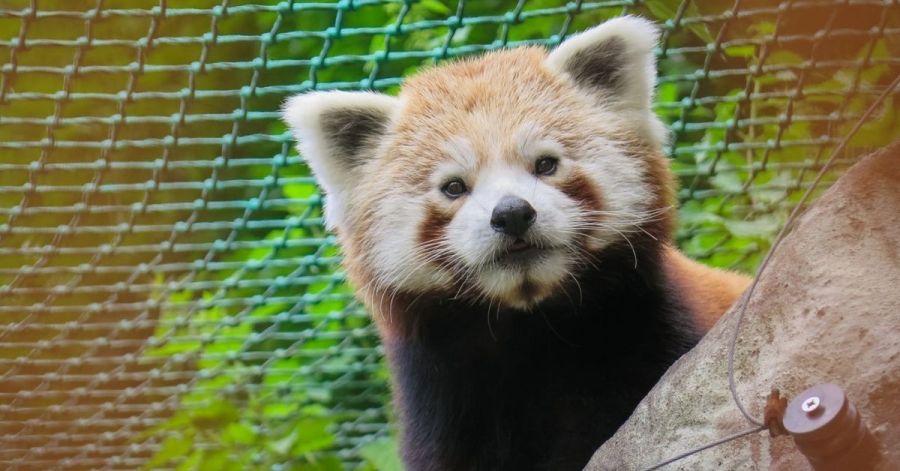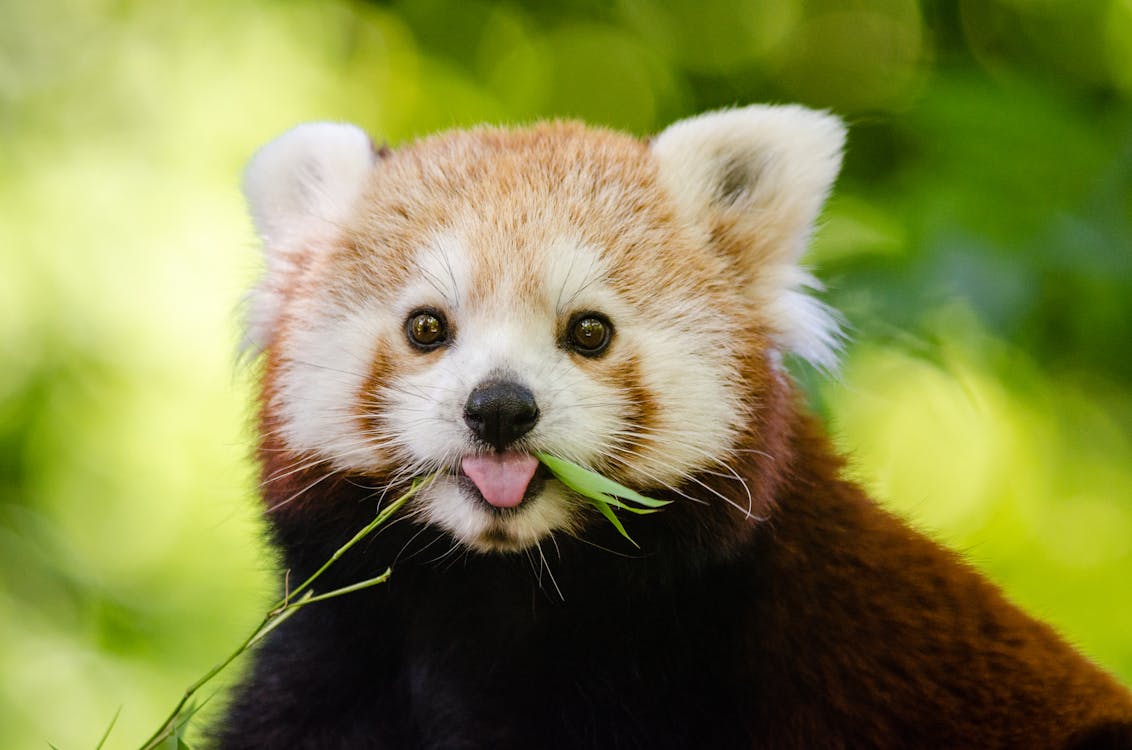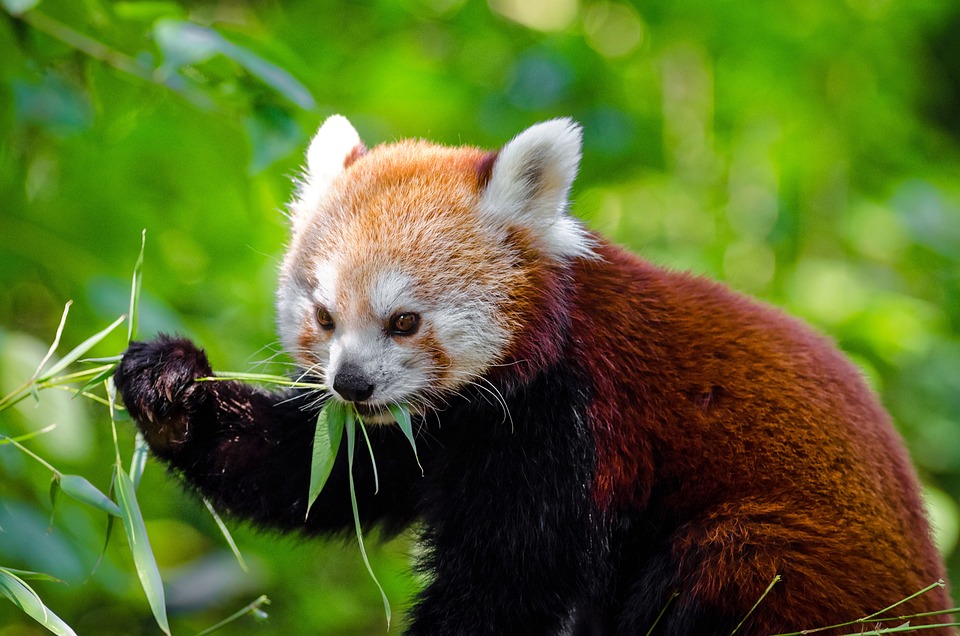Meet Red Panda – The Cutest But Endangered Shining Cat

Red Panda lives in the hilly terrains of India, China, and Nepal. In India, you can witness them in parts of Sikkim, Assam, Arunachal Pradesh, and West Bengal.
The government of India enacted 20 such protected areas across these states to grow their already dwindled population.
India has been doing a lot for the protection and conservation of red pandas for more than the last three decades.
Sikkim showed the way by declaring the red panda as its state animal in 1990 to raise awareness of the people about the red bear. Soon, Darjeeling also came forward announcing the small creature as its lucky mascot for the annual Tea and Tourism festival.

The IUCN (International Union for Conservation of Nature), a global organization that looks after the protection of endangered animals and birds, declared the red panda as an endangered species a long time back.
Red Panda Spotted In Arunachal Pradesh In 2020
A few days back, the red panda was spotted in the jungles of Arunachal Pradesh’s Chug valley. Highly elated with the news, Chief Minister Prema Khandu shared the same on Twitter from his official handle.
The elusive #RedPanda has been spotted and photo captured for the first time in the forests of #Chugvalley of #ArunachalPradesh .
The community of Chug valley has declared the area #communityconservedarea to secure and preserve the pristine habitat of wildlife & ecosystem. pic.twitter.com/nBWeSKW9i6
— MyGov Arunachal Pradesh (@MyGovArunachal) October 2, 2020
This is a positive development, as for the first time red panda has been spotted in the region since 2012.
Of late, scientists have classified red pandas into two species; Ailurus fulgens (Indian Red Panda) and Ailurus styani (Chinese Red Panda). The Arunachal Pradesh’s Siang River demarcates the red panda populace of both nations.
Top 5 Facts About Red Panda
- The Red panda is also known as shining cats or red cat bears.
- Red Pandas can live as high as up to 4800 altitudes within coniferous and deciduous forests.
- They are usually herbivores.
- Heavy deforestation led to massive habitat loss for them.
- Red pandas are usually fed on bamboo trees. The steep decline in the growth of bamboo trees is creating a survival threat for them.
China’s Inhumanity Continues
There has been a sharp decline in the growth rate of red panda over the last five decades in China. The country is facing the angst of several conservationists worldwide for not doing enough for the conservation of red bears.
China is home to red pandas. But what shocked the world is their complete mishandling of this grave issue.
Despite several red flags from environmentalists, hunting and poaching of Red Panda (for their fur) is still continuing across the nation.
Several environmentalists round the globe are furious over China’s ineptitude in tackling this crisis. Every year, illegal hunting and poaching led to a massive loss of lives of the endangered creature.
The track record of China towards preserving Giant Panda is also not good either.

Animal rights activists are worried about their constant fall in population. Red Pandas are literally on the verge of being extinct in the next four-five years unless the necessary corrective measures are taken in time to save them.
The entire world needs to come forward and stay united for this cause.
The Future Ahead
At present, the total population of the red panda is just a little more than 10000. They have a natural high death rate and low birth rate. This is one of the biggest reasons why their population isn’t growing. Their breeding capacity is much lower as compared to cats, dogs, or squirrels.
The four-footed mammal lives inside the deep interior of the Himalayas staying oblivious from the eyes of humans. A bit mysterious in nature, red panda can be quite playful, harmless, and interactive while they come in contact with humans.
However, you should never keep them as pets. That will be a great disservice to them, and the nature as a whole. Leave them alone in the woods.





